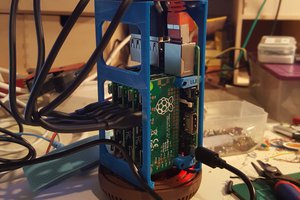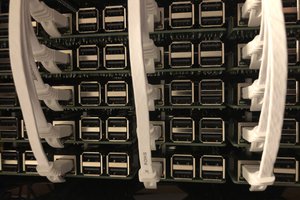| SIM card (generic) |
| With a data plan. Retail purchased SIM cards will not work with the AT&T starter kit, it is simply not possible to activate them - we tried to do it. |
How to Use a 4G USB Module with Raspberry Pi
How to make an affordable 4G card work with Raspberry Pi. This is a direct IP card.
 Sophia Tupolev
Sophia Tupolev
 davedarko
davedarko
 Fatts McGee
Fatts McGee
 Hiram Villarreal
Hiram Villarreal
 Gregor von Laszewski
Gregor von Laszewski